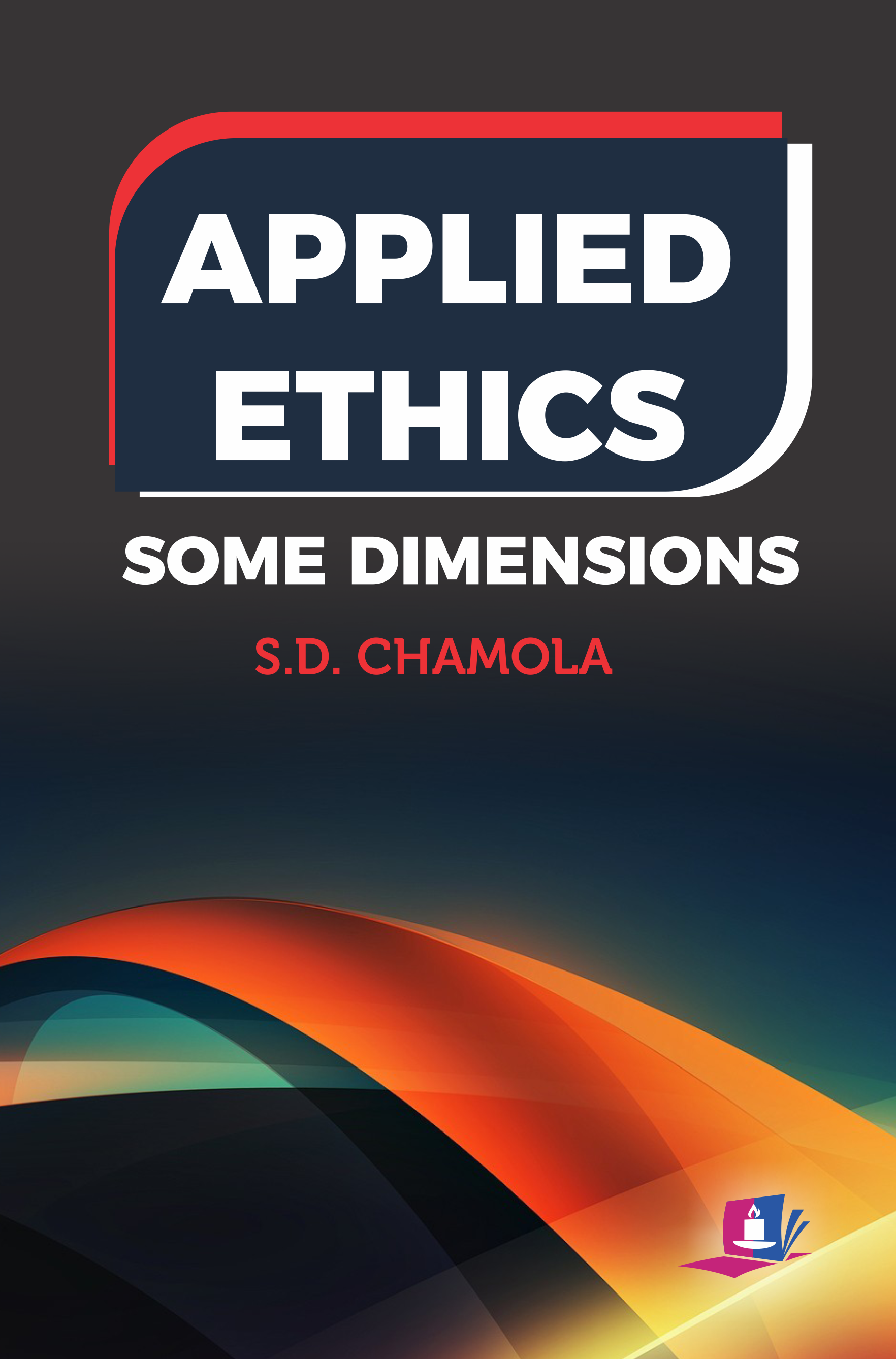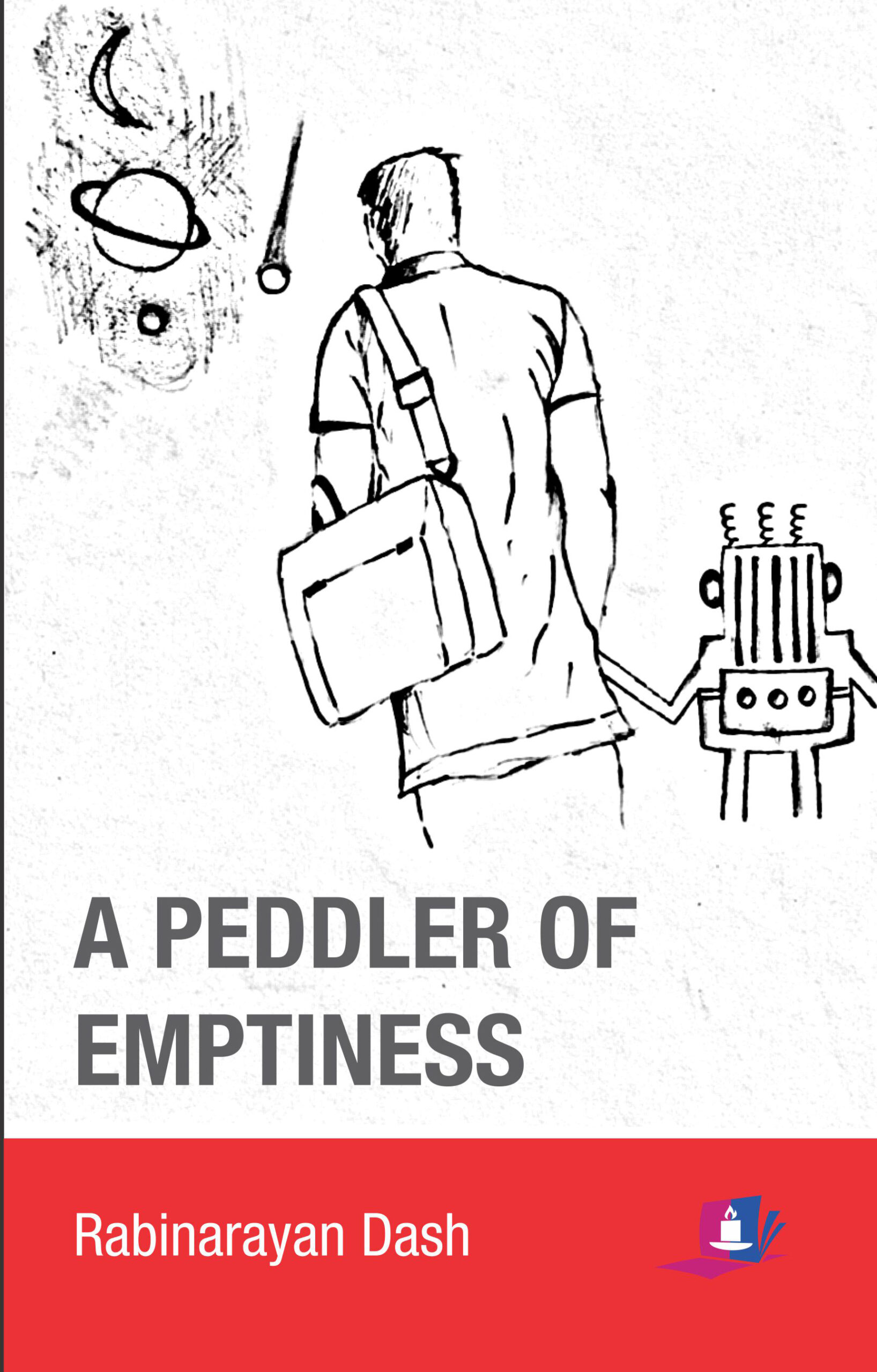
Taxonomy of Angiosperms: Basic Concepts, Molecular Aspects & Future Prospects
Anupam Dikshit, M.O. Siddiqui, Ashutosh Pathak
Taxonomy is the oldest discipline of Botany and basics of all disciplines such as Embryology, Anatomy, Plant Genetics, Economic Botany, Ethno-botany and Plant Physiology etc. Nowadays monotony in the subject of Taxonomy has lead to loss of interest among students. To generate the interest of students and concerned persons, in the present book entitled ‘Taxonomy of Angiosperms: Basic Concepts, Molecular Aspects and Future Prospects’ an earnest attempt has been made to deal comprehensively with the basic concepts, modern aspects and future prospects of angiosperms taxonomy.
Price :
₹
299.00
ISBN :
9789385883071
Published :
2016
Pages :
xviii+242
Size :
5.5*8.5
Binding :
Paperback
Download PDF
Taxonomy is the oldest discipline of Botany and basics of all disciplines such as Embryology, Anatomy, Plant Genetics, Economic Botany, Ethno-botany and Plant Physiology etc. Nowadays monotony in the subject of Taxonomy has lead to loss of interest among students. To generate the interest of students and concerned persons, in the present book entitled ‘Taxonomy of Angiosperms: Basic Concepts, Molecular Aspects and Future Prospects’ an earnest attempt has been made to deal comprehensively with the basic concepts, modern aspects and future prospects of angiosperms taxonomy. Latest information has been incorporated in a simpler manner such as International Code of Nomenclature of Algae, Fungi and Plants along with the advances in the Angiosperm Taxonomy viz., Angiosperm Phylogeny Group, Barcode and Phylocode. The untouched and interesting aspects of Taxonomy have also been addressed to unravel the wide area of coverage of Angiosperm Taxonomy along with its multifunctional utility in serving other disciplines of Botany as well as in the urban development and planning. The book is not only useful as a text book for UG and PG courses of most of the Universities but also for competitive examinations, e.g. NET CSIR-UGC etc. and as a basic text for conducting research in different disciplines related to Plant Sciences.
Key Features
- Comprehensively discussion of basic concepts and modern aspects
- Latest information on International Code of Nomenclature of Algae, Fungi and Plants
- Advances in the Angiosperm Taxonomy viz., Angiosperm Phylogeny Group, Barcode and Phylocode
- Wide coverage of Angiosperm Taxonomy along with its multifunctional utility
- Chpaterwise Objective Questions for NET CSIR-UGC Preparation
Dr. Anupam Dikshit is currently Professor and Head, Department of Botany, University of Allahabad, Allahabad, Uttar Pradesh, India.
Dr. M.O. Siddiqui was Professor and Head, Department of Botany, Patna University, Patna, Bihar, India.
Mr. Ashutosh Pathak is CSIR-UGC SRF and currently pursuing D.Phil. in Botany, University of Allahabad, Allahabad, Uttar Pradesh, India.
Foreword by Dr. Paramjit Singh
Preface
Acknowledgements
About the Authors
1 Taxonomy and Taxonomic Literatures
1.1 Introduction; 1.1.1 Pre-Darwin Era (before 1859 AD); 1.1.2 Post-Darwin Era; 1.1.3 Era of Biosystematics; 1.2 Taxonomic Literature; 1.3 Botanical Survey of India (BSI); 1.3.1 Centres of BSI
2 International Code of Nomenclature for Algae, Fungi and Plants and Plant Nomenclature
2.1 Introduction; 2.2 Definitions; 2.3 Principle; 2.4 Effective Publication; 2.4.1 Condition of Effective Publication Art 29-30; 2.4.2 Dates of Effective Publication Art 31; 2.5 Typification; 2.6 Valid Publication of Names; 2.7 Citation of Authors
3 Herbarium Techniques and Herbarium
3.1 Introduction; 3.2 Some Important Herbaria; 3.3 Significance of Herbarium; 3.4 Preparation of Specimens for the Herbarium; 3.4.1 What, When and Where to Collect?; 3.4.2 How to Collect?; 3.4.3 Labelling and Field Diary; 3.4.4 Poisoning of Specimen; 3.4.5 Drying; 3.4.6 Mounting; 3.5 Fixing Specimens to the Herbarium Sheets and Herbarium Almirah
4 Angiosperm Classifications
4.1 Introduction; 4.2 Some Major Systems of Classification; 4.2.1 Bentham and Hooker’s System of Classification; 4.2.2 Engler and Prantl’s System of Classification; 4.2.3 Hutchinson’s System of Classification; 4.2.4 Takhtajan’s System of Classification; 4.2.5 Cronquist’s System of Classification
5 Protein and Enzymes in Plant Systematics and Phylogeny
5.1 Introduction; 5.2 Amino Acid Sequence Analysis; 5.2.1 Cytochrome C; 5.2.2 Plastocyanin; 5.2.3 Ferredoxin; 5.2.4 Rubisco; 5.3 Gel Electrophoresis; 5.3.1 Storage Protein Analysis; 5.3.2 Fraction I Protein Analysis; 5.3.3 Isozyme and Allozyme Analysis; 5.4 Serology; 5.4.1 Boyden Method; 5.4.2 Ouchterlony Double Diffusion Technique; 5.4.3 Immuno-electrophoresis; 5.5 Taxonomic Application; 1 Serology with Whole Seed Protein Extracts; 5.5.2 Serology with Purified Seed Storage Proteins
6 Nucleic Acids
6.1 Introduction; 6.2 Methodology of Generating Data; 6.2.1 DNA-DNA Hybridization; 6.2.2 Restriction Site Analysis; 6.2.3 DNA Sequencing; 6.3 Amplification of Genes; 6.3.1 Cloning; 6.3.2 Polymerase Chain Reaction (PCR) Technique; 6.3.3 PCR-Based Techniques; 6.4 Plant genomes; 6.4.1 The Nuclear Genome; 6.4.2 The Chloroplast Genome; 6.4.3 Mitochondrial Genome; 6.5 Selected Examples; 6.5.1 DNA Homology Based On DNA-DNA Hybridization; 6.5.2 Genome Comparison Based on Restriction Site Analysis
7 Phenetics and Cladistics
7.1 Introduction; 7.2 Operational Taxonomic Unit (OTUs); 7.3 Some Definitions of Taxon in Phenetics and Cladistics; 7.4 Approaches Involved in the Dendrogram Formation or Phylogenetic Tree Construction; 7.5 Dendrogram or Phylogenetic Tree; 7.5.1 Types of Dendrogram; 7.6 Drawbacks of Cladistic and Phenetic Approaches
8 Recent Advances in Taxonomy
8.1 DNA Barcoding; 8.2 International Code of Phylogenetic Nomenclature or Phylocode; 8.2.1 Drawbacks of Phylocode; 8.3 Angiosperm Phylogeny Group
9 Biodiversity and Taxonomists
9.1 Introduction; 9.2 Biogeographic Classification of India; 9.3 Biodiversity Hotspots with Reference to India; 9.4 Importance of Biodiversity; 9.5 Threats to Biodiversity; 9.6 Conservation Strategies; 9.6.1 In situ conservation; 9.6.2 Ex situ conservation; 9.7 Prospects of Taxonomy; 9.8 All India Coordinated Project on Capacity Building in Taxonomy (AICOPTAX)
Appendix
Multiple Choice Questions (MCQs)
Answers to MCQs
Bibliography
Glossary
Index
Related Books
Lorem ipsum dolor sit amet, consectetur adipiscing elit. Ut elit tellus, luctus nec ullamcorper mattis, pulvinar dapibus leo.




